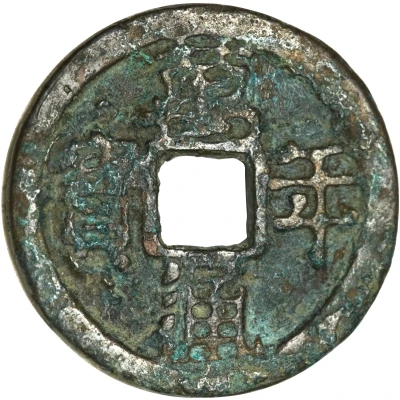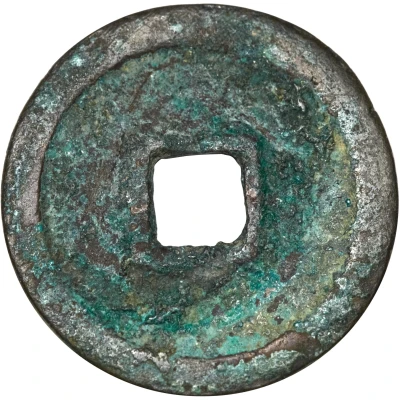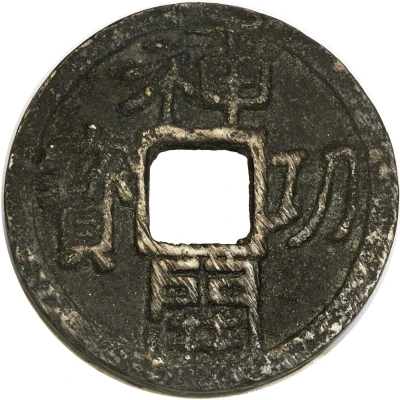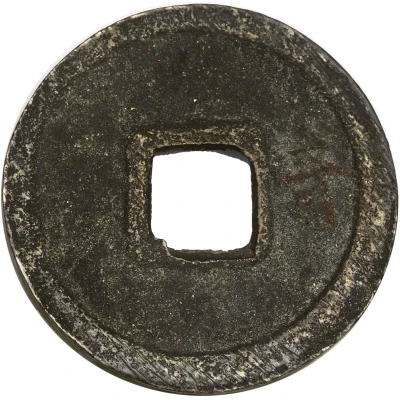


© Heritage Auctions
1 Mon "Mannentsūhō" - Junnin ND
| Copper | 5.1 g | 27 mm |
| Issuer | Japan |
|---|---|
| Emperor | Junnin (758-764) |
| Type | Standard circulation coin |
| Years | 760-765 |
| Value | 1 Mon |
| Currency | Mon (683-1953) |
| Composition | Copper |
| Weight | 5.1 g |
| Diameter | 27 mm |
| Thickness | 1 mm |
| Shape | Round with a square hole |
| Technique | Cast |
| Orientation | Medal alignment ↑↑ |
| Demonetized | 25 November 0987 |
| Updated | 2024-10-05 |
| Numista | N#123903 |
|---|---|
| Rarity index | 93% |
Reverse
Plain
Edge
Plain
Comment
This coin was issued in "Nara Period" (奈良時代). Mannen Tsūhō is one of the "Kōchō Jūni Sen" (which means 12 species of coins issued during A.D.708~A.D. 958)."Kōchō Jūni Sen" was a trial of issuing coins by Japanese government. However, due to the drying up of Copper ore and becoming messy society, the government had to stop issuing own coins. After that, until the "Edo period", Japanese people had been using imported coins from china.
Sample coin is DHJ# 1.17
Interesting fact
The Mannentsūhō coin was the first coin to be issued by the Japanese government that featured a portrait of the emperor. This was a significant departure from previous coins, which had typically featured symbols or other designs. The inclusion of the emperor's portrait was seen as a way to emphasize the authority and power of the imperial government.

